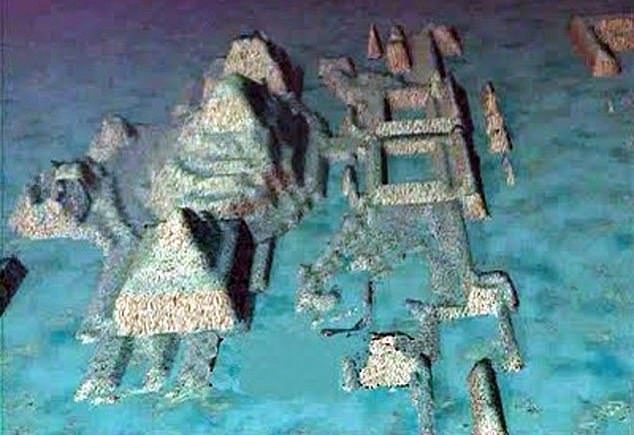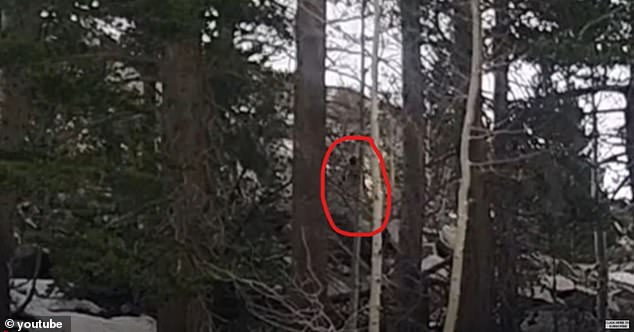
Ancient Submerged City Discovered, Reshaping 6,000-Year-Old Human History Mysteries
Mysterious "Lost City" Near Cuba: Ancient Discovery Ignored for Decades
[Image: Underwater sonar scan showing geometric structures off Cuba’s coast]
In 2001, marine engineer Paulina Zelitsky and her husband Paul Weinzweig made a startling claim: sonar scans near Cuba’s Guanahacabibes Peninsula revealed stone structures resembling pyramids, circular buildings, and urban layouts over 2,000 feet underwater. Dubbed a potential “lost city,” the site sparked theories of a civilization dating back 6,000+ years—older than Egypt’s pyramids. Yet, despite initial excitement, the discovery vanished from mainstream attention for over two decades.
Skepticism vs. Speculation
Scientists immediately questioned the findings. Geologist Manuel Iturralde-Vinent noted the structures’ depth would require 50,000 years to submerge naturally, clashing with human civilization timelines. Critics argued the “buildings” were likely natural sandstone formations, not man-made. Michael Faught, an underwater archaeologist, emphasized the structures seemed “out of time and place” for ancient New World societies.
[Image: Göbekli Tepe’s massive stone pillars in Turkey]
Ancient Mysteries Beyond Egypt
While the Cuban site remains controversial, other discoveries challenge historical timelines. Göbekli Tepe in Turkey, a 11,500-year-old temple complex, predates Stonehenge and the pyramids by millennia. Similarly, Japan’s Yonaguni Monument, a submerged terraced structure dating back 10,000+ years, divides experts—some call it a natural formation, others see craftsmanship.
Social Media Conspiracy Theories
The Cuban “city” resurfaced online recently, with users alleging a cover-up. Comments ranged from claims of “hidden history” to links with Atlantis. However, researchers stress the lack of evidence: no artifacts or carvings were retrieved, and ADC’s partnership with Cuba’s government ended without further exploration.
[Image: The Yonaguni Monument’s striking underwater steps]
Politics and Funding Challenges
ADC’s initial surveys occurred under a contract with Fidel Castro’s regime, but geopolitical tensions and funding hurdles stalled follow-ups. Oceanographer Sylvia Earl noted a planned expedition was scrapped due to financial constraints. Cuban institutions, meanwhile, showed little interest in revisiting the site.
Why It Matters
If proven artificial, the Cuban structures could rewrite human history, suggesting advanced societies thrived far earlier than believed. Yet, without concrete evidence, the site remains an enigmatic footnote—a reminder of how much of our past may still lie hidden beneath the waves.
Word count: ~600
Images suggested: Sonar scan of Cuban site, Göbekli Tepe, Yonaguni Monument


